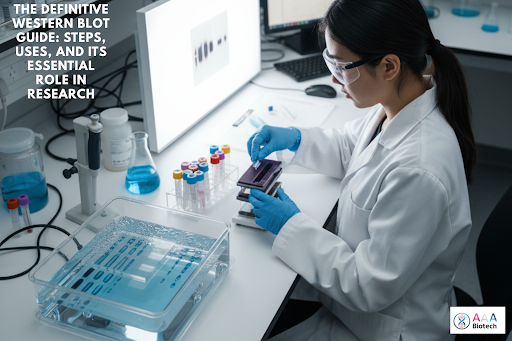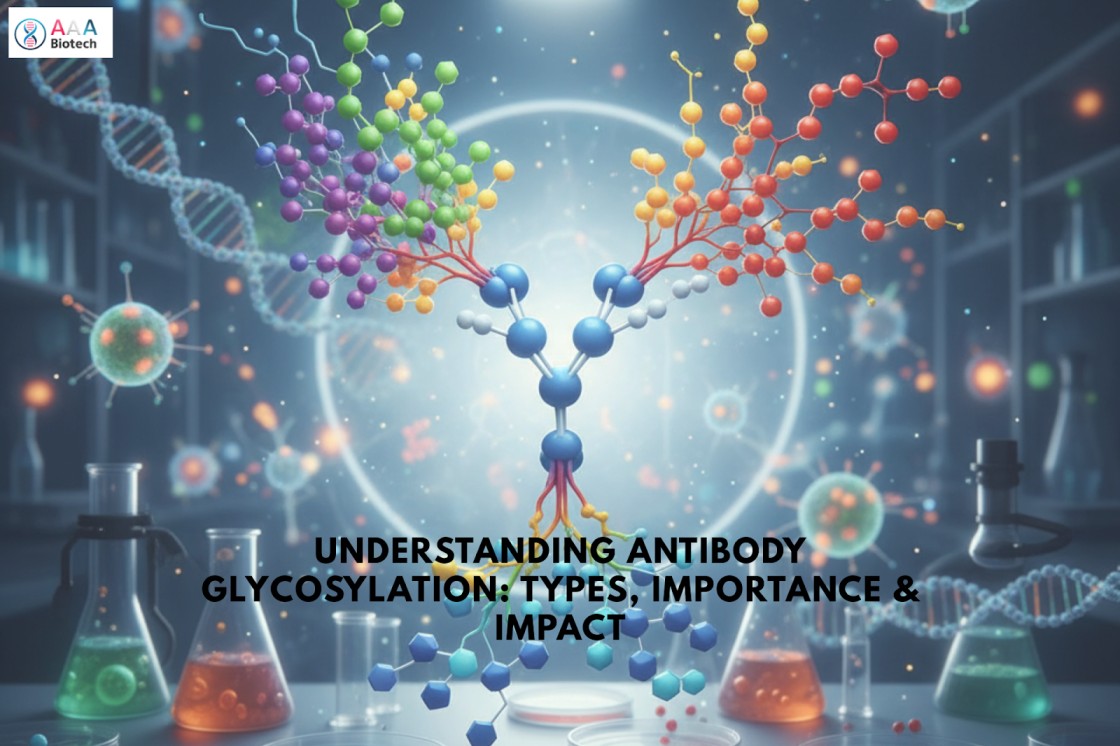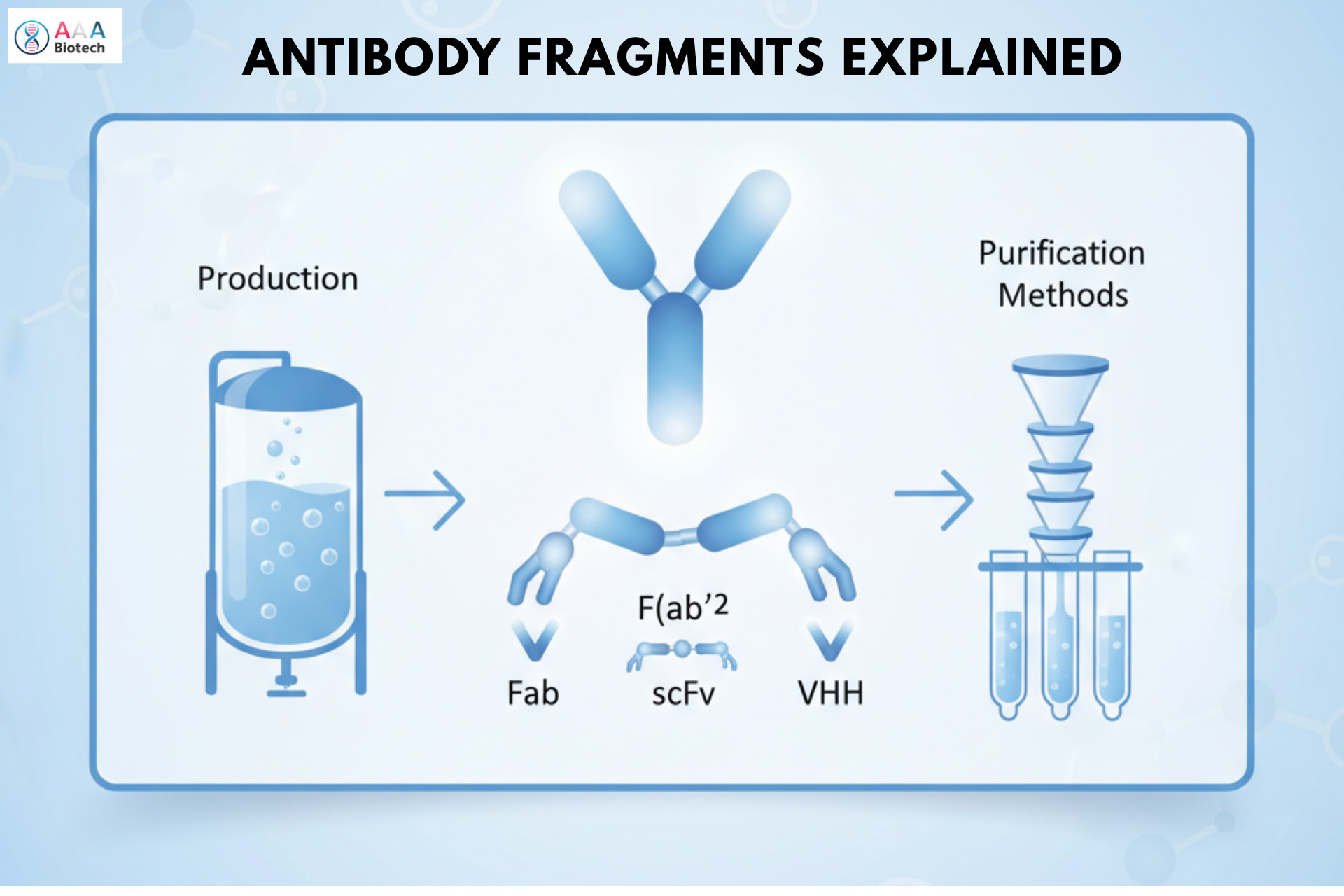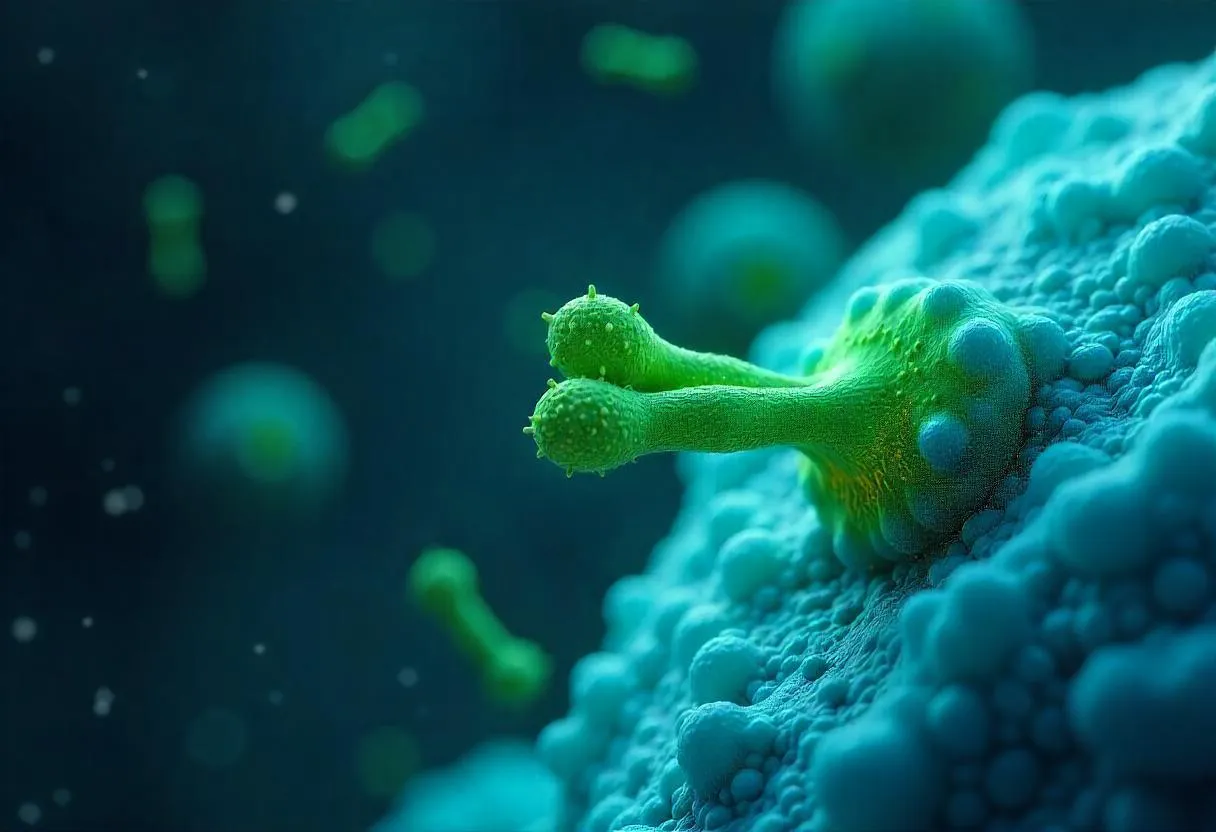What Are Monoclonal Antibodies (MABs): Their Uses, Types & Benefits
In this Article
All of the products listed in AAA Biotech’s catalog are strictly for research-use only (RUO).

Key Takeaways
- Monoclonal antibodies (mAbs) are lab-made proteins.
- They are very precise in their targeting of harmful substances like viruses, bacteria, and cancer cells.
- There are four main types of mAbs based on their origin: murine (mouse), chimeric (part mouse, part human), humanized (mostly human), and fully human.
- mAbs are made by producing a pure protein, immunizing animals with said pure protein, creating hybrid cells, and then selecting and purifying the best antibodies from the preceding processes.
- Naming of mAbs follows a global system that reveals their type and target, always ending in “-mab.”
So, What Are Monoclonal Antibodies?
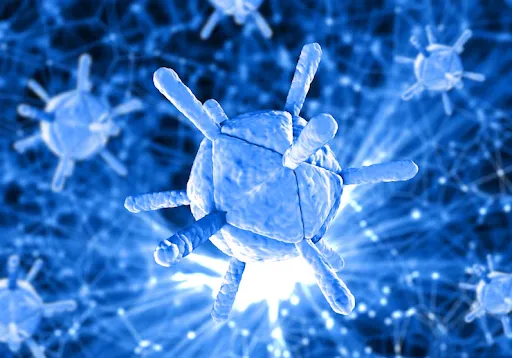
Monoclonal antibodies (also called moAbs or mAbs) are special proteins made in a lab that work in the same way as the natural antibodies in your body.
Antibodies are a key component of your immune system. They find and attach (bind) to antigens (which are harmful substances like viruses, bacteria, or cancer cells) and help the body to destroy them.
Lab-made monoclonal antibodies , in the medical/therapeutic/diagnostic field, are designed to do the same thing—help your immune system find and fight off these harmful invaders.
The word “monoclonal” means that all of these lab-made antibodies are exact copies of a single antibody that has a single specificity for s very specific location on or piece of an antigen. That’s why they’re called “clones.”
You can often recognize these medicines because their names usually end with the suffix “-mab.”
Today, mAbs are becoming popular as both research tools and research targets because they have a high success rate during clinical trials.
Companies like AAA Biotech are at the forefront of supplying these advanced monoclonal antibodies for research-use.
What Are Their Benefits?
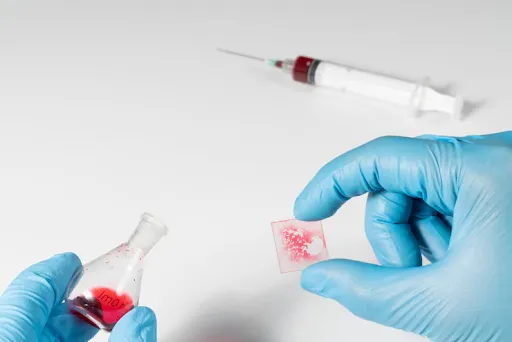
Monoclonal antibodies are very special because they can recognize tiny differences between molecules (even molecules that are almost identical) with great accuracy.
It makes them very useful for creating tests that measure specific markers in diseases, like in COVID-19 antigen test kits. These tests can help predict how severe a disease might be or how well a treatment might work.
These tests are usually done using techniques like flow cytometry, immunoblotting, and ELISA. These methods give scientists powerful tools to perform important research on topics that are of great significance to human health.
What Are The Different Types of Monoclonal Antibodies?
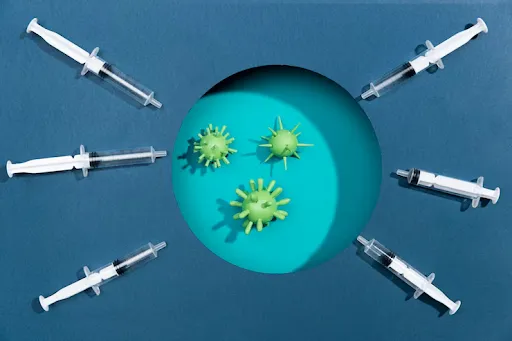
There are four main types, based on where they come from and how much of the antibody is human versus mouse:
1. Murine Antibodies (Mouse-Based)
- These are made entirely from mouse cells.
- Your body may see them as “foreign”, so they have a tendency to cause more immune reactions in the human host that they are administered within.
- Their names usually end in "-omab."
- Example: A fully murine antibody would be labeled something like “tositumomab.”
2. Chimeric Antibodies
- These are part mouse (the part that targets the disease) and part human (the part that interacts with your body’s immune system).
- They are less likely to cause unwanted immune reactions than murine antibodies.
- Their names end in "-ximab."
- Example: Infliximab, used to treat rheumatoid arthritis.
3. Humanized Antibodies
- These are mostly human, with only small pieces taken from mice to help target a specific disease.
- They are designed in order to reduce immune reactions even more.
- Their names end in "-zumab."
- Example: Trastuzumab, used for treating breast cancer.
4. Fully Human Antibodies
- These are made using entirely human genetic material.
- They are the least likely to be seen as “foreign” by your body’s immune system.
- Their names end in "-umab."
- Example: Adalimumab, used for autoimmune diseases like arthritis and psoriasis.
Why the Names of Monoclonal Antibodies Matter?
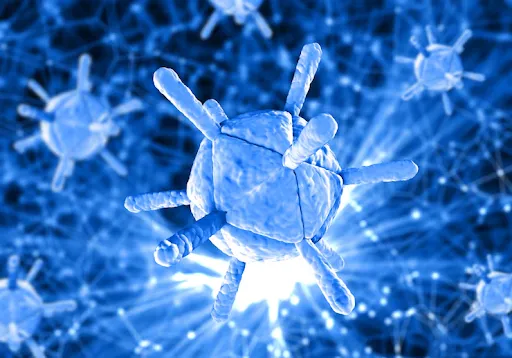
The names of monoclonal antibodies follow a set of international rules so doctors and scientists can understand what each one does and how it’s made (what components the antibody’s structure consists of).
These names are given by the World Health Organization (WHO) using a system called INN (International Nonproprietary Names).
A monoclonal antibody name is usually made up of three parts:
- Prefix – chosen freely to make the name sound unique (e.g., "tras-" in trastuzumab).
- Infix – tells you what the antibody targets or what kind of disease it treats (e.g., "-tu-" means it targets tumors).
- Suffix – always ends in “-mab”, which stands for “monoclonal antibody.”
How Monoclonal Antibodies Are Made?
Starting with the Protein
Monoclonal antibodies are made by first using a highly purified protein, peptide, or fusion protein (which is a combination of parts from different proteins).
Most antibodies are made using fusion proteins because they can be produced in labs in large quantities and will typically quite closely match the natural protein.
The very first and arguable the most important step is to produce the highly pure protein that you’re intending for the antibodies to recognize.
Making the Protein
Experts use special methods to create and purify the protein so it keeps its natural shape/properties and remains stable. Often, they only need the genetic code of the protein in order to be able to produce it.
Immunization and Cell Fusion
Animals like mice, hamsters, or rats are injected with the purified protein in order to trigger an immune response by said animal’s immune system. Then, the immune cells (B cells) from these animals are harvested and subsequently fused with special “immortal” cells to make hybrid cells called hybridomas.
These hybridomas can grow forever and make enormous quantities of the specific antibodies. These cells are grown in special jelly-like media, and automated instruments with specialized software (ie. Robotic machinery using AI-driven recognition) pick the best clones (cells that produce the right antibodies) and isolate them for further placement into new small wells to grow/propagate more.
Testing the Antibodies (Screening)
Scientists then test the antibodies to see if they work well for the purposes that they were creating them for. For example, if the antibody will be used in a flow cytometry test, that method would be specifically used to screen it and/or perform QC.
Other tests might include ELISA or tests to see if the antibody works properly in its function. The testing can use a protein similar to the original highly purified protein used for the immunization, or the natural protein itself. All clones that are deemed satisfactory are frozen and saved for future use.
Purifying the Antibodies
After finding the best antibodies, their types are checked and they may be tested again. The cells producing the best antibodies are grown in large quantities, and the antibodies are then purified to be used in research or treatment.
Uses of Monoclonal Antibodies (mAbs)
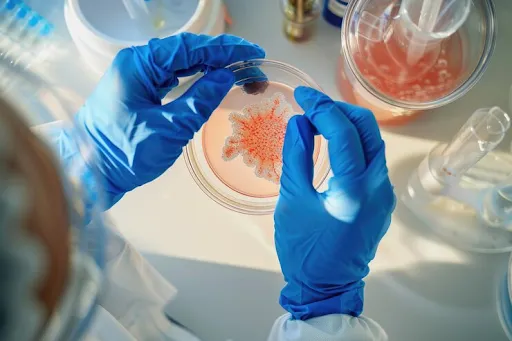
Monoclonal antibodies are very useful in medicine and research because they are very specific and bind strongly to their targets.
They don’t usually cause many side effects, which makes them great for many varied applications/purposes. They are often used in treatments, diagnosis, medical tests, and imaging.
Therapeutic use:
mAbs can be used alone or linked to small drugs – the antibody seeks out its target, and once found, it will deliver the “medicine” directly to the target.
Diagnostic use:
mAbs are often attached to glowing/detectable tags so that scientists can see the targets (or, at least, that the target is “present”) in tests.
1. Using mAbs in Lab Tests
Monoclonal antibodies help detect and measure important substances in the body, like hormones, through tests like ELISA and radioimmunoassay. These tests can detect things such as:
- Pregnancy: By detection of a hormone called hCG in urine.
- Cancer: By measuring markers like carcinoembryonic antigen for colon cancer or prostate-specific antigen for prostate cancer. These markers help track the progress of cancer treatment.
- Hormone problems: By measuring thyroid hormones to check for thyroid diseases.
2. mAbs Against Viral Infections
Cytomegalovirus (CMV) causes serious issues for infected individuals, especially in people with weak immune systems, such as AIDS patients or organ transplant recipients. CMV can lead to irreversible eye problems and stomach issues.
Every year, many babies are born with CMV infections, which can result in permanent hearing loss or significant developmental delays.
There is no vaccine for CMV (yet), so the current strategy to combat CMV focuses on antiviral drugs. Doctors also use antibodies harvested from people who have already had CMV in order to help others fight the infection.
Humanized mAbs can help clear the virus from infected tissues, which was previously thought that only immune cells could do. Combining antiviral drugs and antibodies may result in a reduction of the total amount of drugs needed.
3. mAbs in Cancer Treatment: Radioimmunotherapy
This is a special cancer treatment where mAbs carry radioactive material directly to cancer cells. The radiation kills cancer cells and also nearby cells that the antibody can’t reach. This method is promising but tricky because the right dose is hard to find, since sometimes the antibodies can affect healthy cells.
4. mAbs for Treating Asthma
High levels of a specific class of antibody in the body called IgE causes allergic asthma. Scientists developed treatments whereby patients are given humanized anti-IgE antibodies, which work by blocking IgE, and it resulted in a reduction of asthma symptoms. This treatment helps patients rely less on steroid medications.
5. mAbs in AIDS Treatment
AIDS damages the immune system by significantly reducing a patient’s CD4 cells, which are extremely important immune cells.
HIV actually seeks out and binds specifically to CD4 cells using a protein referred to as gp120. Scientists have made antibodies that can bind to CD4 cells in order to help the patient’s immune system destroy the HIV-infected cells before they can spread to other CD4 cells.
6. mAbs for COVID-19
In 2021, the FDA approved a monoclonal antibody drug called Sotrovimab to treat mild to moderate COVID-19 in high-risk patients (like older adults or those with other health issues).
Sotrovimab targets the spike protein of the virus and fully prevents it from entering human cells. It is not used for patients already hospitalized or needing oxygen.
Faq's
Are monoclonal antibodies used in COVID-19 treatment?
Yes, monoclonal antibodies were used early on to treat COVID-19, especially for people who were at high risk of getting very sick. Some monoclonal antibody treatments were allowed for emergency use when certain virus variants were common.
How are recombinant monoclonal antibodies different?
<p>Recombinant monoclonal antibodies are made using special genetic engineering techniques in the lab (outside the body). Traditional monoclonal antibodies are made by vaccinating animals and then creating special cells that produce the antibody. So, the main difference is how they are made.</p>
What are fully human monoclonal antibodies?
<p>Fully human monoclonal antibodies are made completely from human genes. This means both parts of the antibody are human. Other types, like chimeric or humanized antibodies, include some parts from animals combined with human parts.</p>
Can I use monoclonal antibodies for Western Blot or ELISA?
<p>Yes! Monoclonal antibodies work well for both Western blot and ELISA tests because they bind very specifically to their target. They are also consistent, which means you will obtain reliable results every time. Polyclonal antibodies can also be used, but monoclonal options are often preferred for accuracy.</p>
What species are monoclonal antibodies made from?
<p>Most monoclonal antibodies are made from mice using a method called hybridoma technology. Through new technology, scientists have made fully human antibodies and humanized antibodies (which are mouse antibodies changed to be more like human ones). This has advanced the field by producing antibody formats that help reduce immune reactions when used in patients.</p>


